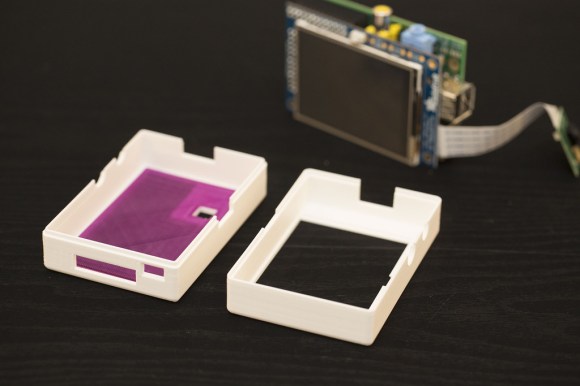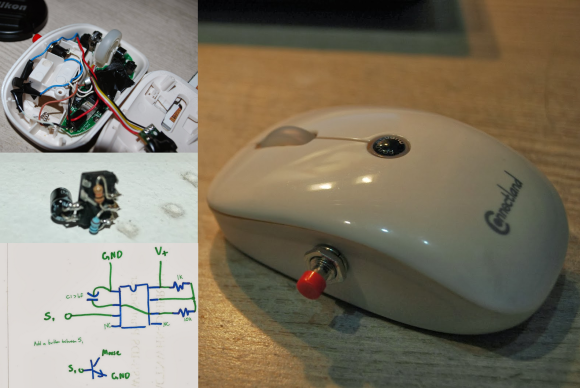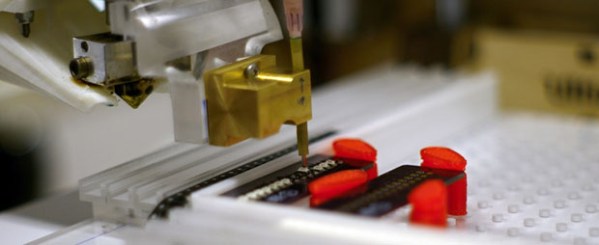
Looking for a fun and easy way to add a bit more interaction to your LED-laden projects? Why not turn them into proximity sensing LEDs?
Our hacker, [Will], is just getting into designing his own PCBs. He was looking for a simple project to try out that wouldn’t be too hard to design and manufacture a PCB for, so he came up with this clever little interactive LED array.
It’s actually a very simple circuit which also makes it super easy to build on a prototyping breadboard. Each proximity sensing LED is made up of five components. Three resistors, an LED, an IR LED, and a photo transistor. The IR LED is chosen specifically for the type of photo transistor being used — in this case, it emits a wavelength of 880nm, which is the type of light the photo transistor recognizes.
These components are wired in a manner that the IR LEDs are always on. The normal LED is wired in series with the photo transistor, and thus the LED only turns on when the photo transistor sees reflected 880nm light bounced back at it by whatever object you wave over top.
What would be really cool is if you added some 555 timers to the mix and had a delay before the LEDs fade away — then you could have a huge array that leaves motion trails long after you’ve triggered the sensors!
[via Dangerous Prototypes]




 The project featured in this post is
The project featured in this post is 
 [Nick]’s grandfather was quite the old school hacker. In the 1940s, he built his own wire recorder and microphone to capture everything from his children’s Chirstmas wishes to his favorite songs and programs from the radio. Only 20 or so spools have survived and were doomed to silence until [Nick] was able to
[Nick]’s grandfather was quite the old school hacker. In the 1940s, he built his own wire recorder and microphone to capture everything from his children’s Chirstmas wishes to his favorite songs and programs from the radio. Only 20 or so spools have survived and were doomed to silence until [Nick] was able to 










